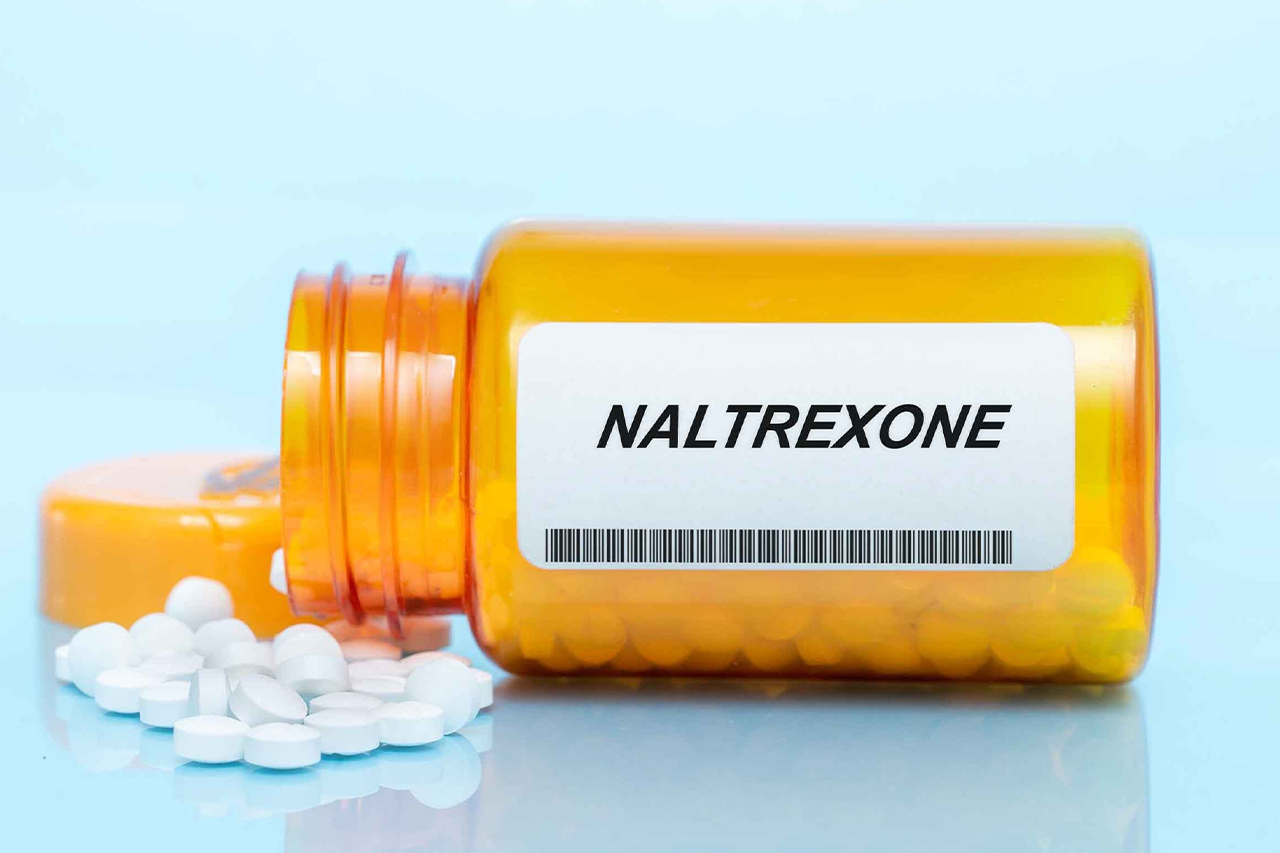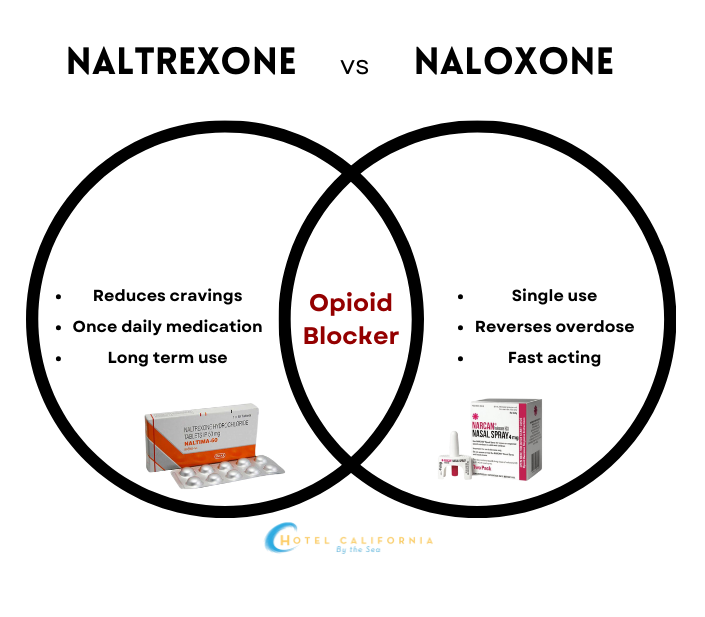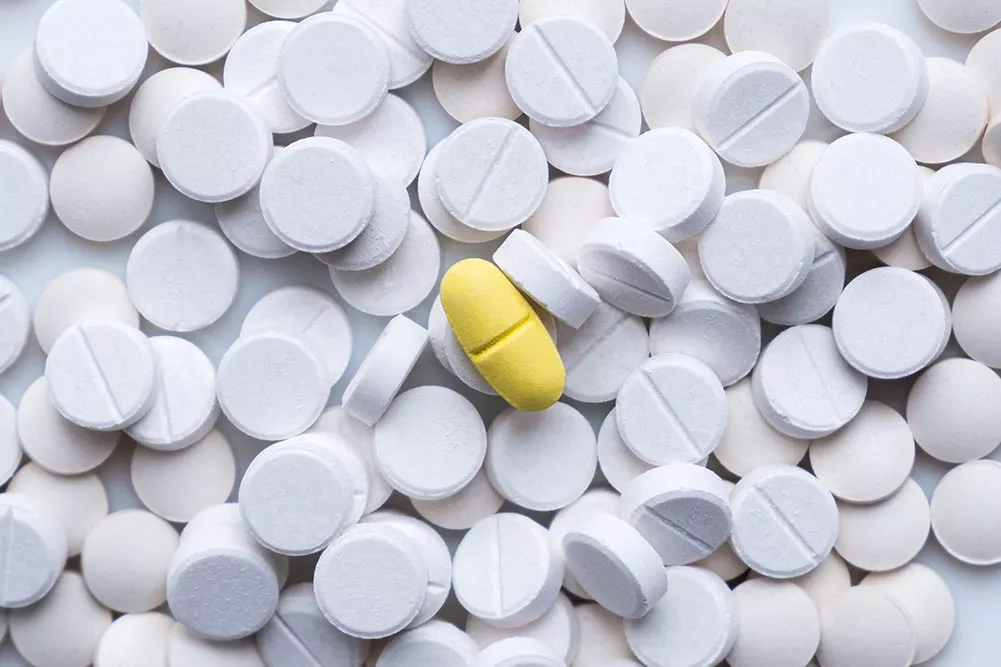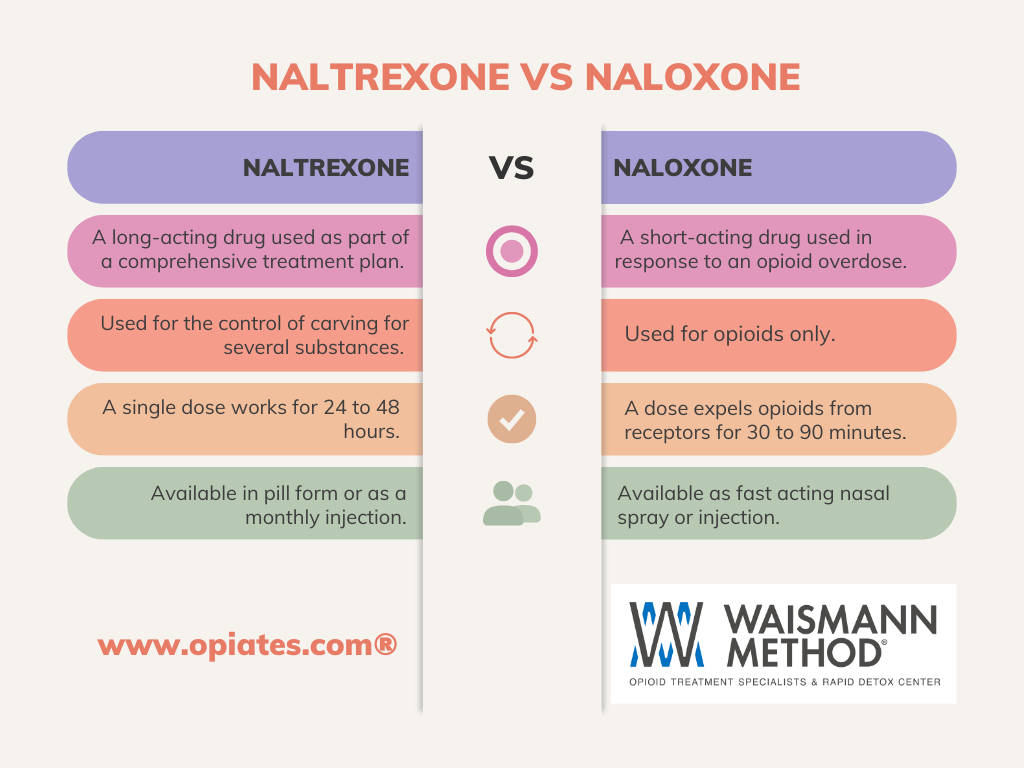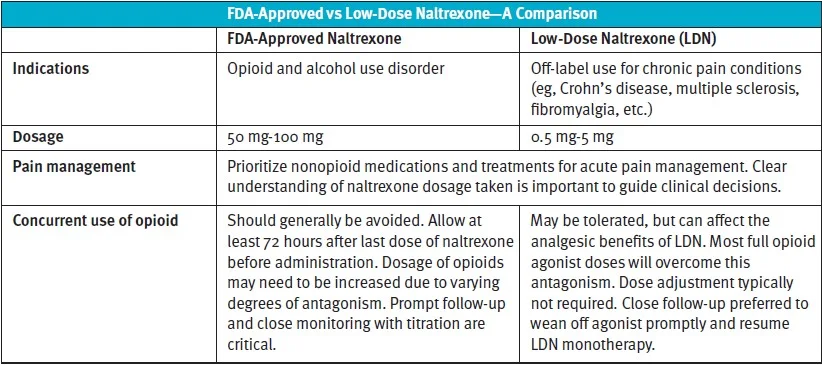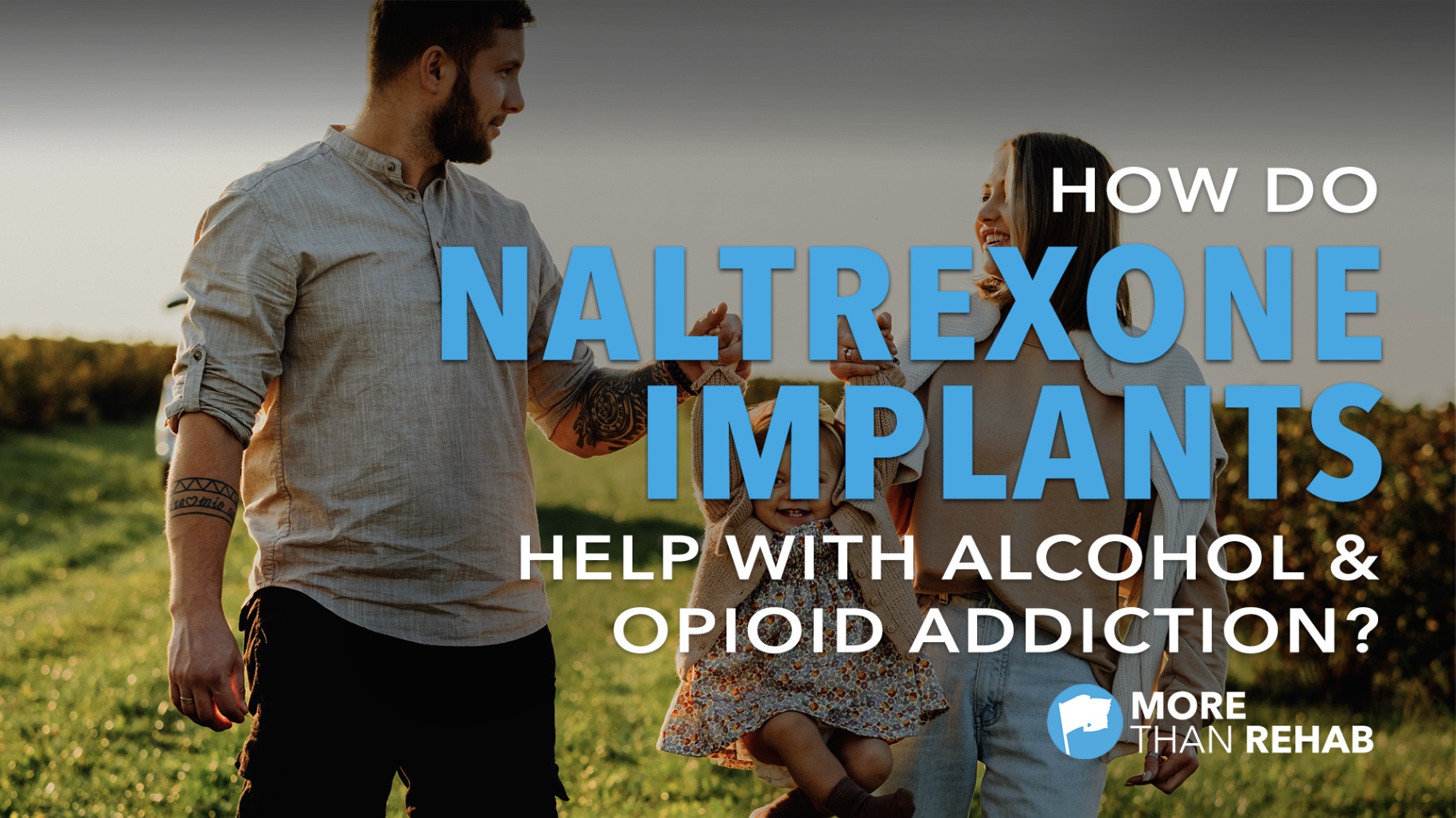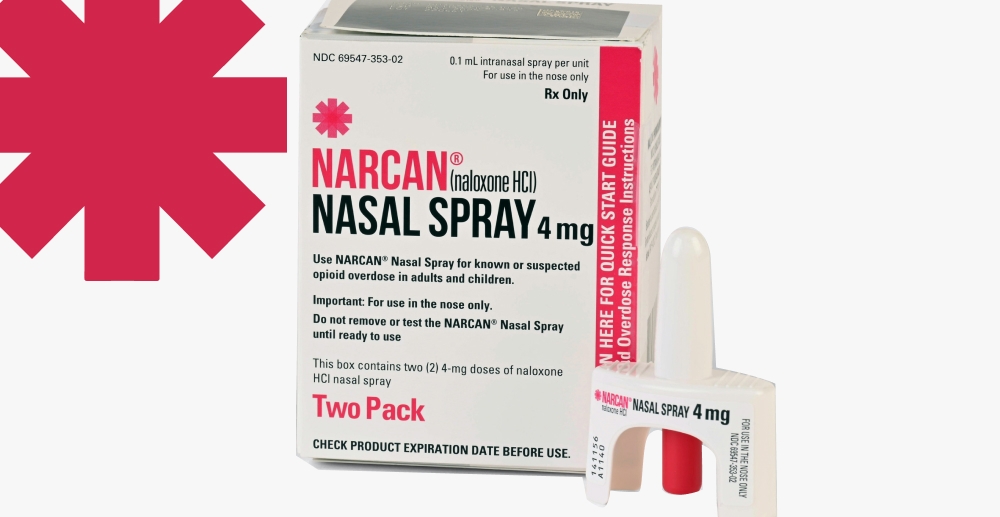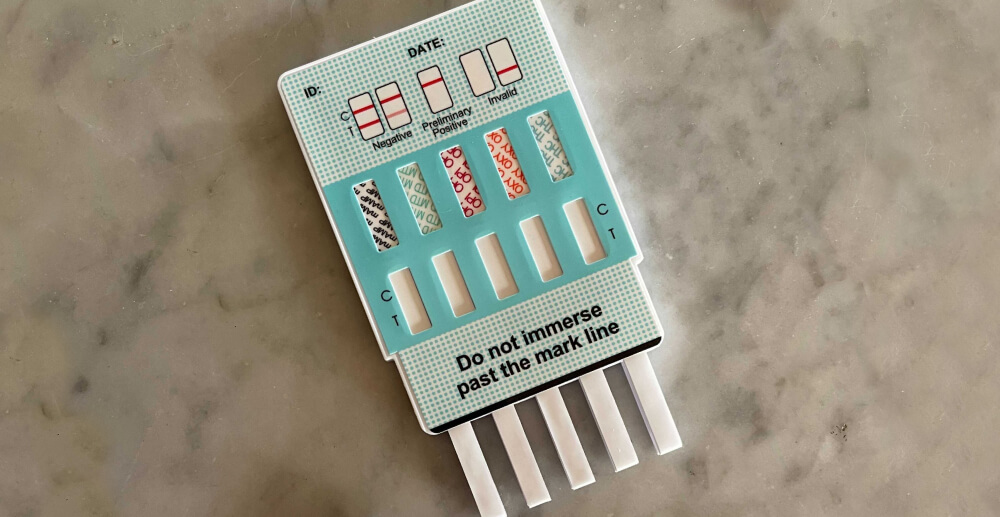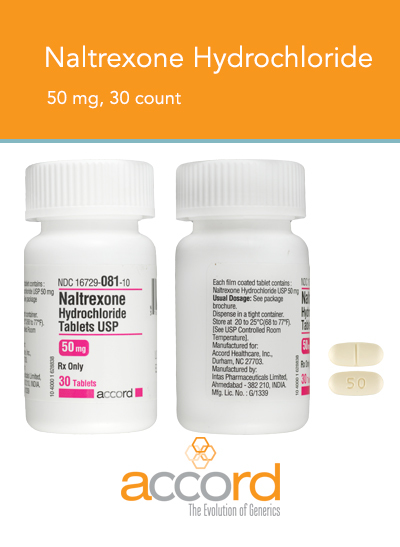What Does Naltrexone Show Up As On A Drug Test
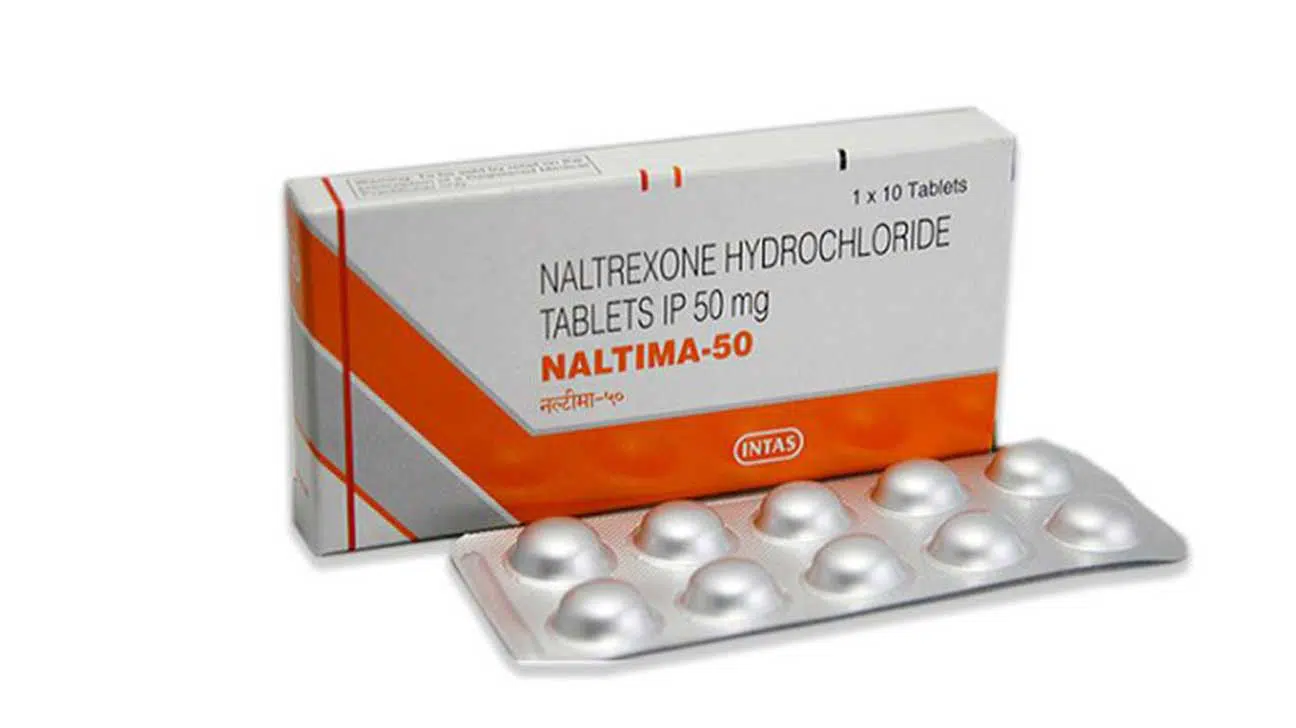
The stakes of drug testing are high, with results impacting employment, legal proceedings, and access to certain medical treatments. Amidst this complex landscape, individuals prescribed naltrexone, a medication vital in managing alcohol and opioid dependence, often face a specific concern: will it trigger a false positive on a drug test? Understanding how naltrexone interacts with standard drug screening procedures is crucial for both patients and healthcare professionals.
This article delves into the specifics of naltrexone and its detection in drug tests. It examines the science behind drug screenings, clarifies whether naltrexone is typically included in standard panels, explores the potential for false positives, and provides guidance on how individuals can protect themselves against misinterpretations of drug test results. The goal is to provide a clear and concise understanding of naltrexone's impact on drug testing outcomes.
Understanding Drug Testing and Naltrexone
Standard drug tests, such as urine drug screens (UDS), are designed to detect commonly abused substances. These usually include amphetamines, opioids, cannabinoids, cocaine, and phencyclidine (PCP). The tests function by identifying the presence of these drugs or their metabolites—the substances produced as the body breaks down the drugs.
Naltrexone, on the other hand, is an opioid antagonist. It works by blocking the effects of opioids, reducing cravings for alcohol and opioids. Its function is to negate the euphoric effects of opioid drugs.
The key difference lies in its classification: naltrexone is not an opioid itself, nor does it metabolize into substances that mimic commonly abused drugs.
Is Naltrexone Included in Standard Drug Tests?
Generally, naltrexone is not included in standard drug test panels. These panels are designed to detect substances of abuse, and naltrexone does not fall into this category. Labs typically focus on identifying illicit drugs or controlled substances that are frequently misused.
However, it's essential to recognize that drug testing panels can vary depending on the specific requirements of the employer, legal entity, or healthcare provider requesting the test. More comprehensive or specialized tests may include naltrexone, though this is less common.
It is prudent to confirm with the testing facility or ordering entity about the specific substances included in the drug test if naltrexone use is a concern.
The Potential for False Positives
The primary concern for individuals taking naltrexone is whether it could trigger a false positive result for another substance. While naltrexone itself should not cause a false positive for opioids or other drugs, cross-reactivity with certain testing reagents could theoretically occur, though this is very rare.
Cross-reactivity happens when a test identifies a substance that is structurally similar to the target drug, leading to a false positive. The likelihood of this happening with naltrexone is very low because its chemical structure is distinct from common drugs of abuse.
It's important to note that modern drug testing methodologies are designed to minimize false positives through confirmatory testing. Confirmatory tests, such as gas chromatography-mass spectrometry (GC-MS) or liquid chromatography-mass spectrometry (LC-MS), are highly specific and can accurately identify the presence of naltrexone or rule out the presence of other substances.
What to Do If You Are Taking Naltrexone
If you are prescribed naltrexone and required to undergo drug testing, transparency is crucial. Inform the testing facility and the requesting entity (e.g., employer, court) that you are taking naltrexone under medical supervision.
Providing documentation, such as a prescription or a letter from your doctor, can help clarify the situation and prevent any misunderstandings. This preemptive step can mitigate any potential concerns about misinterpreting the test results.
Should a preliminary drug test return a positive result for any substance, request a confirmatory test (GC-MS or LC-MS). These tests are far more accurate and can differentiate between naltrexone and other substances that may have triggered the initial positive result.
Legal and Employment Considerations
In employment settings, disclosing naltrexone use can be particularly important. Employers have a right to ensure a drug-free workplace, but they also need to comply with laws protecting individuals with legitimate medical conditions.
The Americans with Disabilities Act (ADA) may offer some protection to individuals taking naltrexone for substance use disorder, especially if the employer is aware of the condition. However, the specifics can vary depending on the job role and the employer’s policies.
In legal contexts, such as probation or parole, informing the relevant authorities about your naltrexone prescription is equally vital. Failing to disclose this information could lead to unwarranted suspicion and potential penalties.
The Future of Drug Testing
Drug testing technologies are continually evolving, becoming more sensitive and specific. As these technologies advance, the likelihood of false positives due to cross-reactivity should decrease further.
Moreover, increased awareness and education among healthcare professionals, employers, and legal entities are crucial. This awareness can help to ensure that drug testing is conducted fairly and accurately, without penalizing individuals who are legitimately using medications like naltrexone.
The integration of more comprehensive medication history reviews into drug testing protocols can also enhance accuracy and reduce the potential for misinterpretations. This collaborative approach will improve the overall integrity and fairness of drug testing procedures.
Conclusion
While naltrexone is unlikely to cause a false positive on standard drug tests, individuals prescribed this medication should proactively communicate their use to avoid potential misunderstandings. Transparency, documentation, and confirmatory testing are essential safeguards.
As drug testing technologies evolve, and awareness increases, the risk of misinterpreting naltrexone use should diminish. By staying informed and advocating for clear communication, patients and healthcare providers can navigate the complexities of drug testing with confidence.
Ultimately, the goal is to balance the need for workplace and public safety with the rights and well-being of individuals seeking treatment for substance use disorders, ensuring that medication-assisted treatment like naltrexone is not unfairly penalized.

